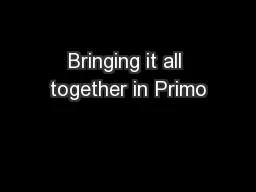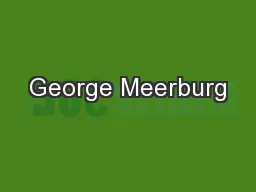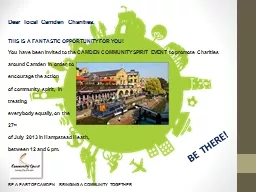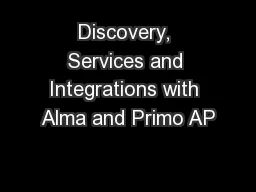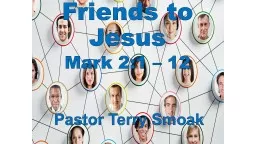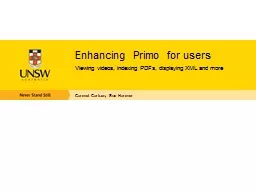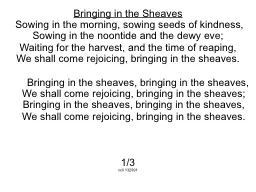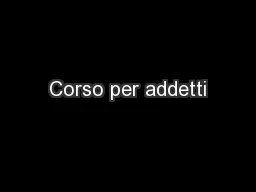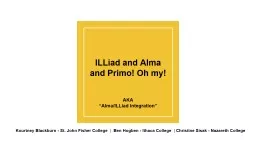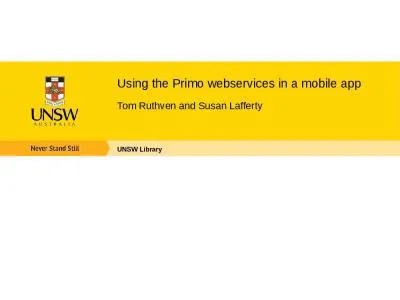PPT-Bringing it all together in Primo
Author : pamella-moone | Published Date : 2017-10-27
Discovery Across Disparate Types of Digital Content Our Implementation of Primo One installation 2 institutions University of Utah Libraries Mountain West Digital
Presentation Embed Code
Download Presentation
Download Presentation The PPT/PDF document "Bringing it all together in Primo" is the property of its rightful owner. Permission is granted to download and print the materials on this website for personal, non-commercial use only, and to display it on your personal computer provided you do not modify the materials and that you retain all copyright notices contained in the materials. By downloading content from our website, you accept the terms of this agreement.
Bringing it all together in Primo: Transcript
Download Rules Of Document
"Bringing it all together in Primo"The content belongs to its owner. You may download and print it for personal use, without modification, and keep all copyright notices. By downloading, you agree to these terms.
Related Documents

